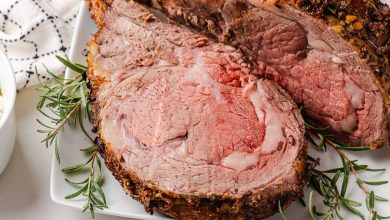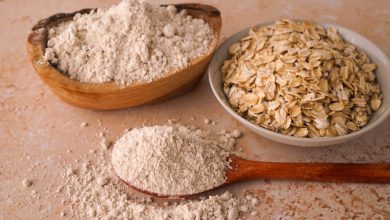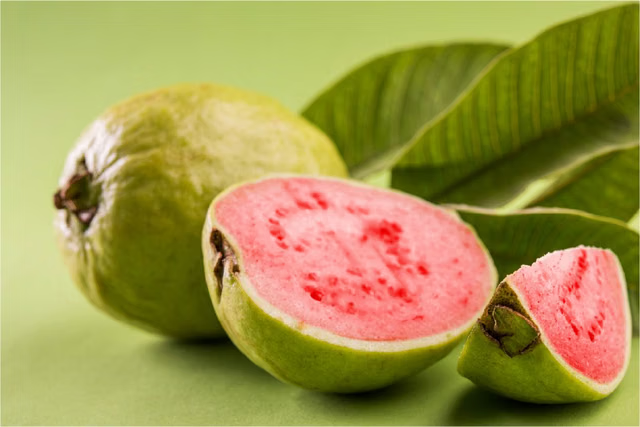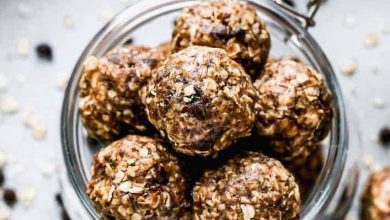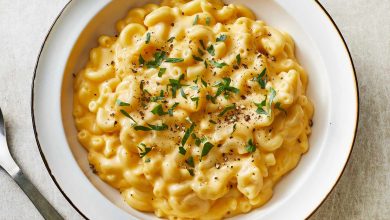Italian Salad Dressing (Common Reduced Fat)
Italian salad dressing is a versatile, flavorful addition to a variety of salads, providing a balance of tangy and savory notes. This reduced-fat version retains the classic taste of traditional Italian dressings while offering a lighter alternative. Typically served as a topping for fresh greens, pasta salads, and roasted vegetables, it is a staple in Mediterranean-inspired cuisine and a favorite for many home cooks looking for a healthier option.
Nutritional Information
Here’s a breakdown of the nutritional content for a standard serving of Italian salad dressing (commonly reduced fat):
| Nutrient | Amount per Serving |
|---|---|
| Energy | 102 kcal |
| Protein | 0.39 g |
| Total Fat | 6.68 g |
| Saturated Fat | 0.83 g |
| Carbohydrates | 9.99 g |
| Fiber | 0.0 g |
| Sugar | 9.16 g |
| Calcium | 15 mg |
| Iron | 0.25 mg |
| Magnesium | 4 mg |
| Phosphorus | 12 mg |
| Potassium | 90 mg |
| Sodium | 891 mg |
| Zinc | 0.06 mg |
| Copper | 0.019 mcg |
| Manganese | 0.029 mg |
| Selenium | 1.6 mcg |
| Vitamin C | 0.0 mg |
| Thiamin (Vitamin B1) | 0.012 mg |
| Riboflavin (Vitamin B2) | 0.008 mg |
| Niacin (Vitamin B3) | 0.094 mg |
| Vitamin B6 | 0.055 mg |
| Folate | 3.0 mcg |
| Vitamin B12 | 0.0 mcg |
| Vitamin A | 1.0 mcg |
| Vitamin E | 4.28 mg |
| Vitamin D2 | 0.0 mcg |
Allergen Information:
Italian salad dressing, especially the reduced-fat version, may contain ingredients like vinegar, garlic, and mustard, which are common allergens. Always check the label to confirm if the dressing contains dairy, soy, or gluten if you have sensitivities or allergies to these substances.
Dietary Preferences:
This reduced-fat Italian dressing is a good option for those looking to reduce their calorie intake while still enjoying the classic Italian flavors. It is typically suitable for the following dietary preferences:
- Low-fat diets: Due to its reduced-fat content, this dressing is a suitable choice for individuals following low-fat eating plans.
- Vegetarian and Vegan diets: Generally, Italian dressing is free from animal products, but it’s essential to check the ingredients to ensure there are no dairy or egg-based additives.
- Dairy-free: Typically, this dressing is dairy-free, making it suitable for those avoiding dairy.
- Gluten-free: If made with gluten-free ingredients, this dressing can be enjoyed by those on a gluten-free diet. Be sure to check the label.
Advice:
When using Italian dressing, it’s a good idea to use it in moderation, as the sugar and sodium content can quickly add up. If you’re watching your sodium intake, consider making your own dressing at home, where you can control the amount of salt. Additionally, pairing this reduced-fat dressing with a variety of fresh vegetables or whole-grain salads can enhance the nutritional value of your meal, providing fiber, vitamins, and minerals.
Conclusion:
Italian salad dressing (common reduced fat) serves as a delicious, lower-calorie option to enjoy the zesty flavors of traditional Italian dressings. It pairs well with many salads and dishes, adding tang and depth without the excess calories of full-fat alternatives. Be sure to pay attention to the ingredient list if you have any food allergies or specific dietary needs.



